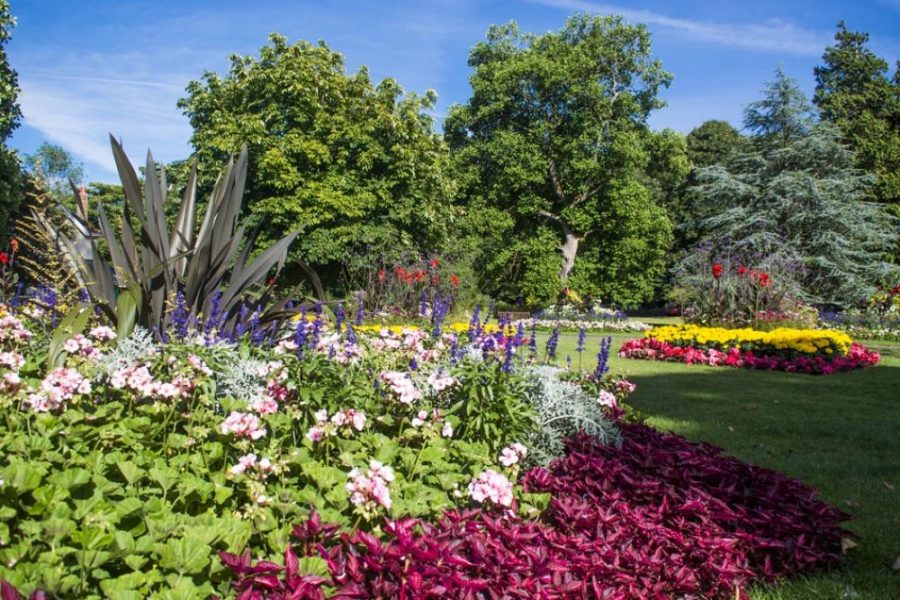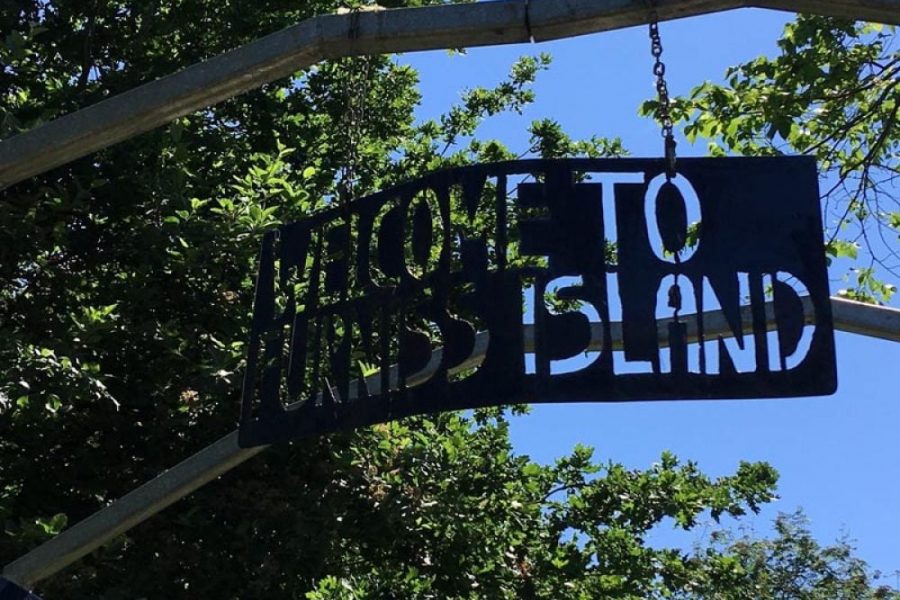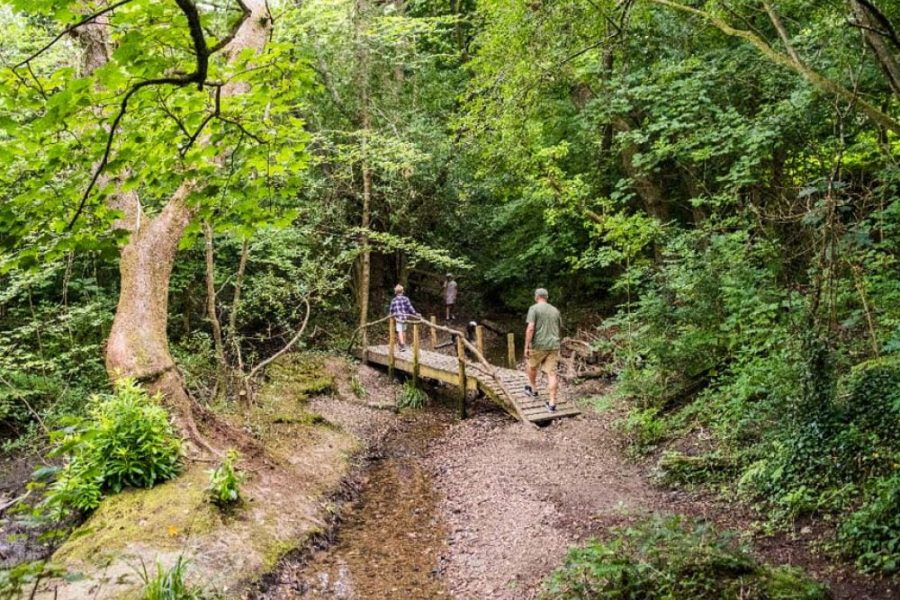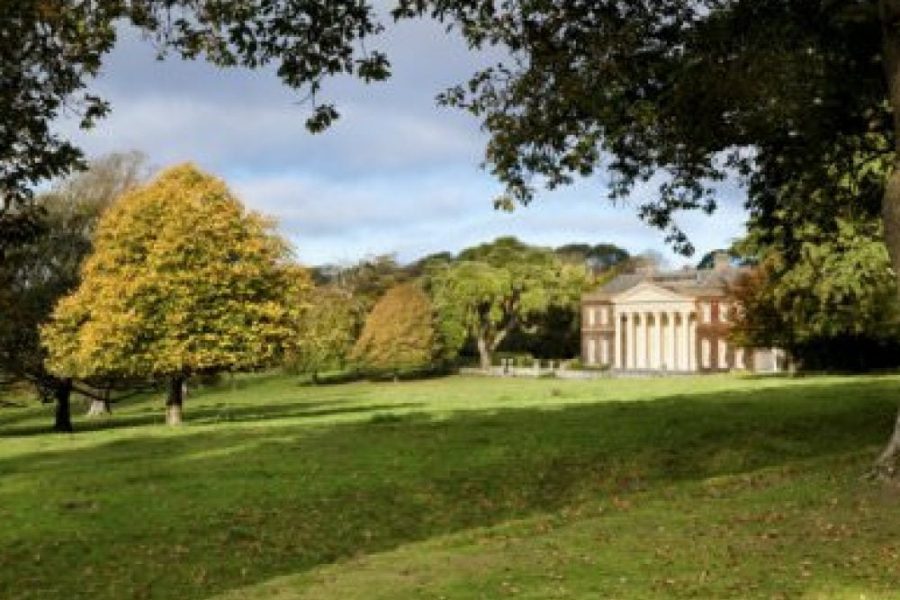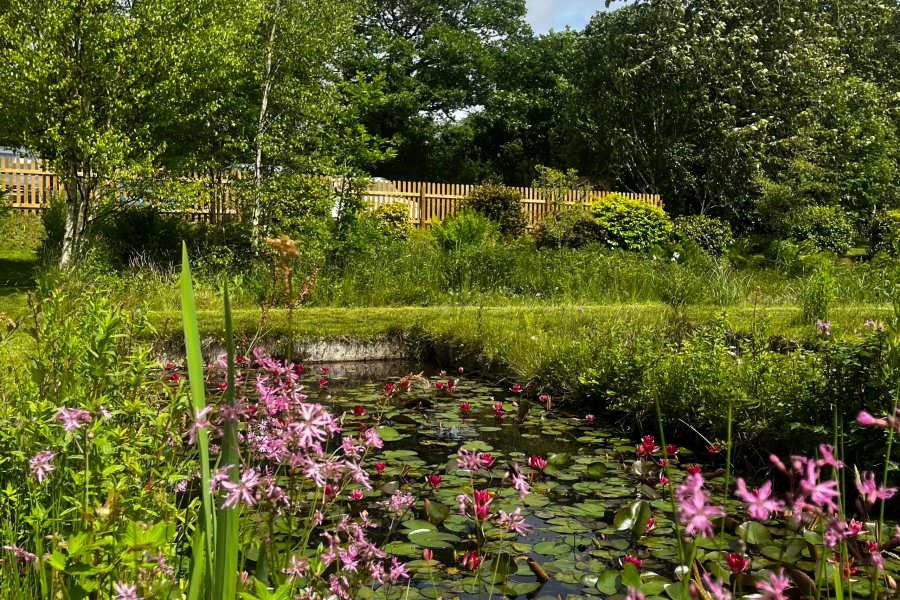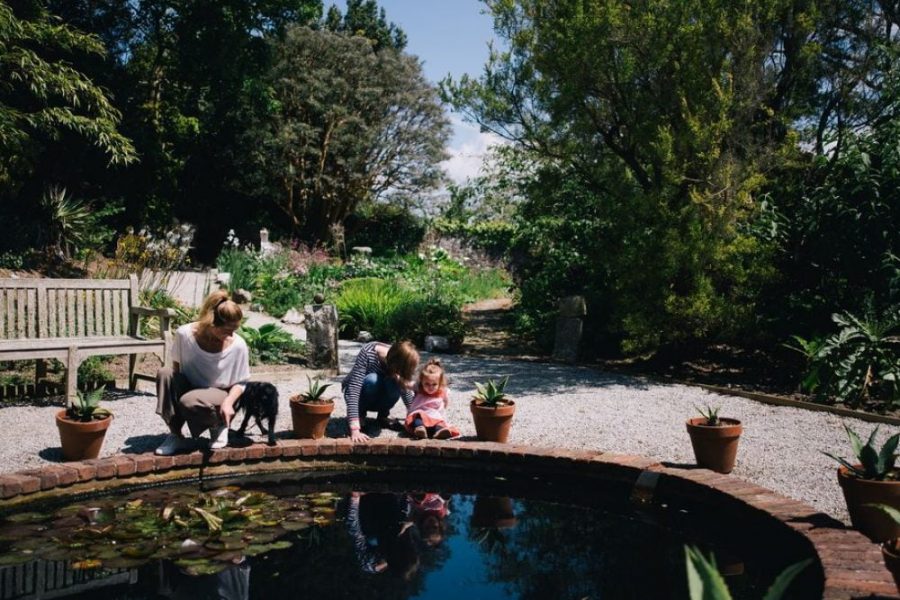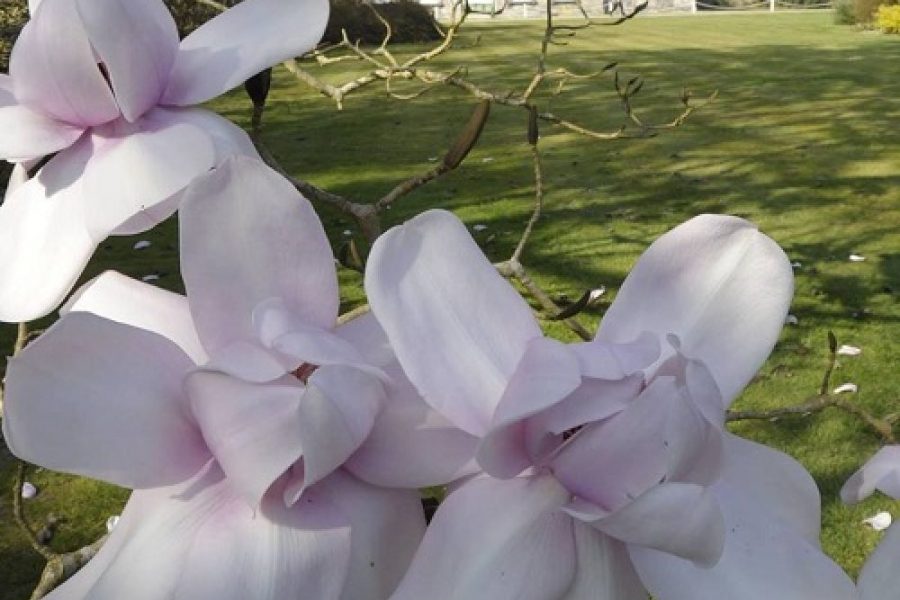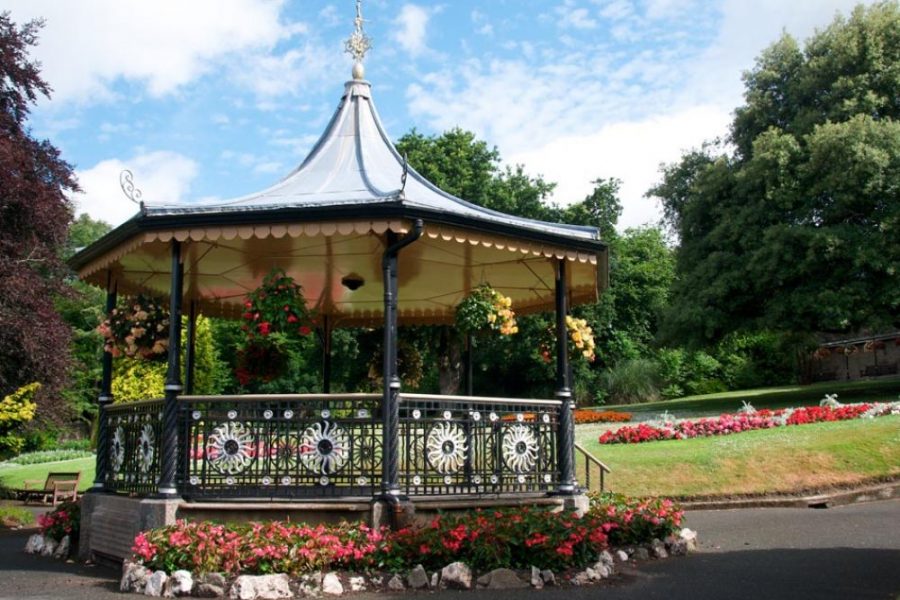Daubuz Moor
Share with others:





Six hectares of former water meadows
Offering a haven to wildlife within minutes of the city centre, the land known as Daubuz Moors was given to the citizens of Truro in 1977 by the Reverend CRS Enys of the Enys Estate to celebrate the Queen’s Silver Jubilee and the Centenary of the City of Truro. Its six hectares of former water meadows are managed by Truro City Council to maintain a diversity of habitats including a healthy stream, flower-rich wetlands, wildflower meadows and Cornish hedges.
Daubuz Moors’ western boundary is formed by the River Allen, whose good health is suggested by the sight of trout darting through clear waters. Regular studies by school children reveal a multitude of small creatures in the mud and under stones, including some which are characteristic of unpolluted rivers – such as mayfly nymphs, stonefly nymphs and freshwater shrimps. The varied, natural shape of the river encourages a diversity of plant species, including fool’s watercress and yellow flag iris to name but two, and this in turn maximizes its wildlife value.
The name commemorates Lewis Charles Daubuz (1754 – 1839), a local resident of French extraction, whose family owned the tin smelters at Carvedras.
For many years the Daubuz Moors area was grazed by sheep and cattle, but successive generations have also used it for recreation. At its southern end once stood the Moresk Mill, which produced flour throughout most of the 19th Century. Powered by water, the remains of its leat, millpool and sluices are still evident.
The original viaduct was built by Isambard Kingdom Brunel in 1859, but was replaced with the present structure in 1904 and now carries the main line Paddington – Penzance trains.
An excellent destination for dogs, children and adults alike for exercise and wildlife.
Address
Treseder’s Gardens
Moresk
Truro TR1 1TR
Nearest car park
